James Knox Polk was the 11th president of the United States, serving from 1845 to 1849. Before he became president, Polk was the governor of Tennessee, and then served as the speaker of the U.S. House of Representatives. He remains the only speaker of the House to ever be elected to the Presidency.
Polk was born in North Carolina, where his parents lived on a 150-acre farm. That farm was destroyed in the 19th century, but the Polk’s middle-class log farmhouse was reconstructed in the 1960s and now comprises the President James K. Polk Historic Site in Pineville, N.C.
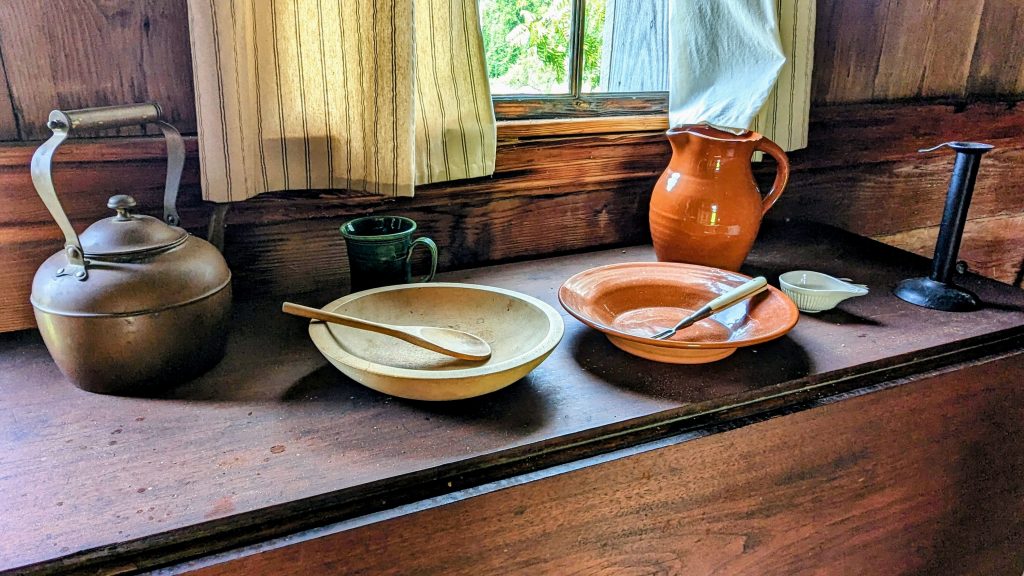
The house is a pastiche, built from pieces of three other log homes from the era that were found in Mecklenburg County. The design and layout of the house and grounds were taken from an account created by the governor of North Carolina who wanted to document the site while Polk was serving as President, and his notes and sketches helped inform the reconstruction process.
The interior, though, is primarily a matter of informed conjecture. Still, the hardscrabble life of a southern farm family certainly didn’t make Polk’s rise to the Presidency a sure bet.
Before the house was rebuilt on the site, the Daughters of the American Revolution erected a stone monument (a pint-sized version of the monument erected for James Buchanan on the site of his birthplace). The DAR’s marker was relocated next to the park’s entrance drive.
Polk was a protégé of Andrew Jackson (who was incidentally born just a dozen or so miles down the road from Polk’s birthplace, at a birthsite also marked by a DAR monument). It was Jackson who initiated and then supported Polk’s Democratic party Presidential nomination in 1844. Polk’s campaign positioned him as “Young Hickory,” playing off Jackson’s popular “Old Hickory” nickname.
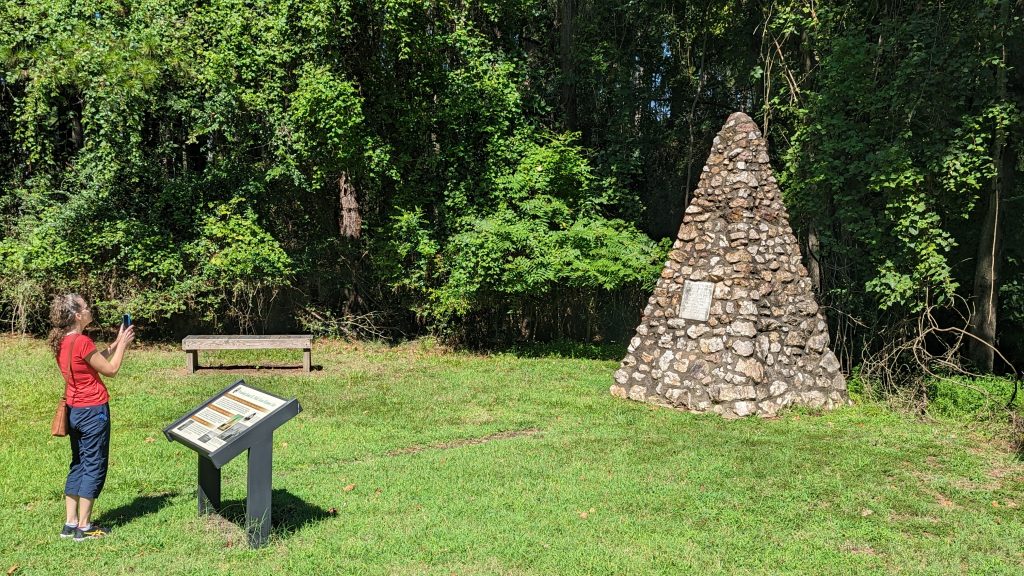
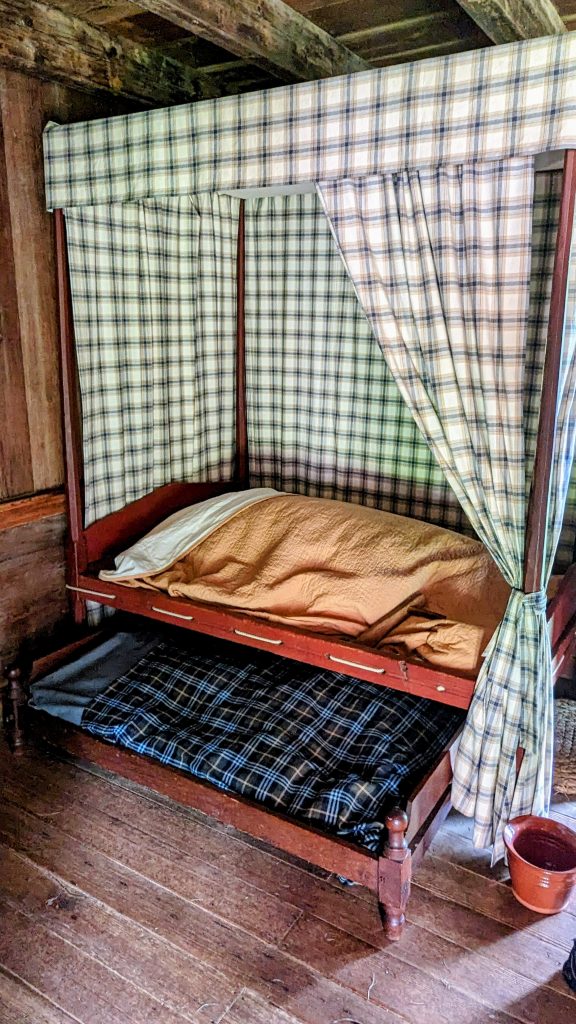
The site also includes a small museum that documents Polk’s life, as does a short documentary that can be viewed. His Presidency is notable for the victory in the Mexican-American war and the expansion of the country into Texas, California, and Oregon.
Historians often point to Polk’s single-minded focus on the initial goals he established for his administration when he was running for the office of President. And he met each of the key four goals he set through dogged determination and tireless effort.
But the tolls of the job weighed heavily on the man. The museum’s documentary includes several photographs and paintings of Polk from his term, and the transformation is remarkable. The man of 49 who entered the White House with vigor left Washington much enfeebled.
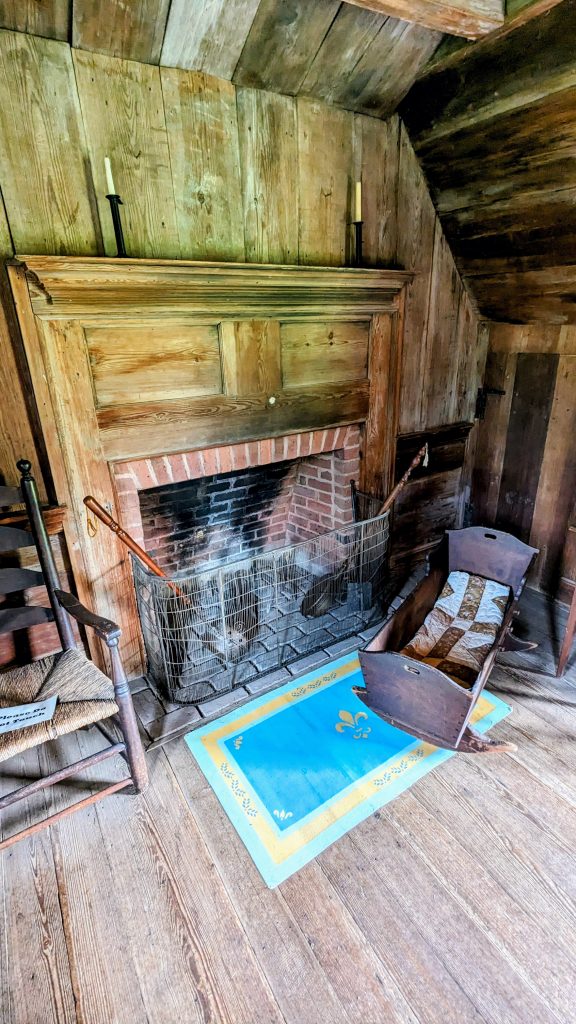
Three months after the end of his Presidency, Polk died of cholera in Nashville his adopted state of Tennessee. Just 53 years old, Polk had signaled that his political career was over, and he had been looking forward to leaving out his days with his wife and family at this Polk Place home. He was eventually interred on the Tennessee State Capital grounds.
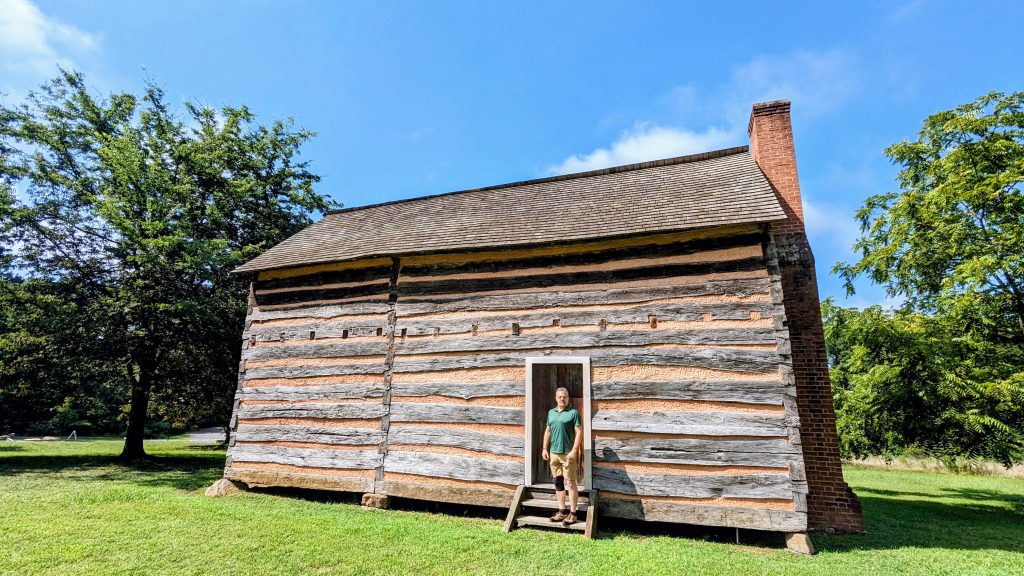
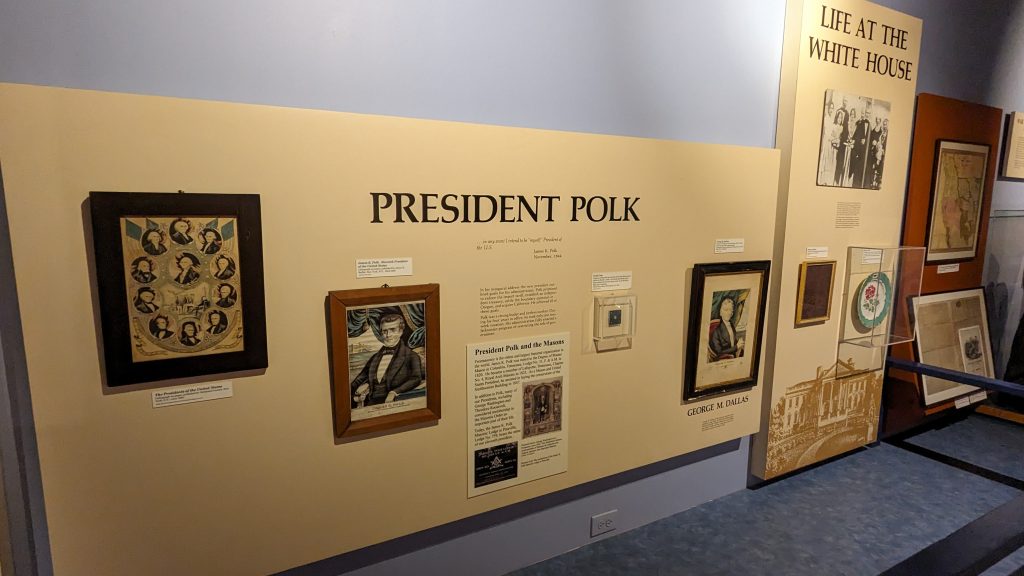





Well, Polk may have had a recognition edge over 13th President, Millard Fillmore, who served only three years. He is often cited as the most “forgettable” President in our history. He does have a state park in his name near his birthplace in tiny Summerhill, NY.